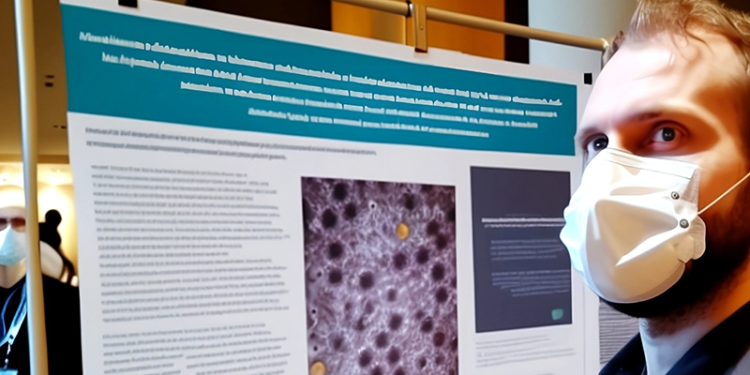Hooshang Hemami, PhD, a professor of electrical and computer engineering at Ohio State University (OSU), Columbus, built a computational model of the human foot to learn more about how feet and toe strength can determine the body’s movement and balance The results could help in building robotic body parts that will closely imitate human movement, and might lead to a new generation of advanced prostheses, according to an OSU press release.
Hemami is one of a handful of researchers who are analyzing how manipulating toe strength can affect human balance. Many studies concerning human balance have emphasized the legs and upper body while…the feet are often either neglected or modeled using simple shapes that don’t really give full credit to the importance of feet, he said.
Hemami and a colleague, Laura Humphrey, PhD, one of his doctoral students who has since graduated from OSU, designed a computer model of a body and foot, which assigned four sections to represent different parts of the foot, while assigning the body one section. This allowed Hemami and Humphrey to focus primarily on the pressure of the feet and toes as they manipulated the forward motion of the body. The researchers performed simulations of static balance and forward leaning in the computer-modeled body and compared the results to those observed in the scientific literature.
The model that Hemami and Humphrey built allowed them to produce results that supported the findings of balance shown in real subjects. They conducted tests for three different cases: static balance in healthy subjects; static balance in subjects with diminished toe strength; and forward leaning in healthy subjects. In order to have the model mimic a subject with diminished toe strength, Hemami and Humphrey weakened one of the sections in the computer-modeled foot, which represented a muscle located just above the big toe. This muscle helps control the foot’s arch, which provides support to the body while standing.
As the computer-modeled body leaned forward, the pressure underneath the toes increased significantly, and the pressure underneath the heel decreased in a similar fashion. These results indicate that in a healthy person, toes became increasingly important as the person leans forward.
When the same tests of static balance were performed on the computer-modeled body with diminished toe strength, the pressure underneath the toes remained at zero. Initially, the pressure underneath the heel was significantly higher than in the healthy subject, and as the body leaned forward, the pressure underneath the heel only decreased by half the amount that it did in the healthy subject.
The maximum angle that a healthy computer-modeled body could lean forward from the waist without its heels lifting off the ground was nearly 12 degrees from vertical. The model with diminished toe strength could only lean forward about ten degrees. The computer model supports past studies on real people, Hemami explained. One discrepancy: his computer model was able to lean forward 12 degrees without lifting its heels, while real people were only able to lean eight degrees-a discrepancy that Hemami said could be psychological because people do not feel comfortable using their maximum theoretical range of motion.
“Now that we have a reasonable computer model, we hope to explore, in the future, the sensory apparatus and other functions of the toes in diverse human activities,” Hemami said. “We try to model what muscles do, which may help to develop more advanced prosthetics so we have something better to offer people who need them.”
Hemami and Humphrey’s work was published in a recent issue of the Journal of Biomechanics.
Editor’s note: This story has been adapted from materials provided by Ohio State University, Columbus.




